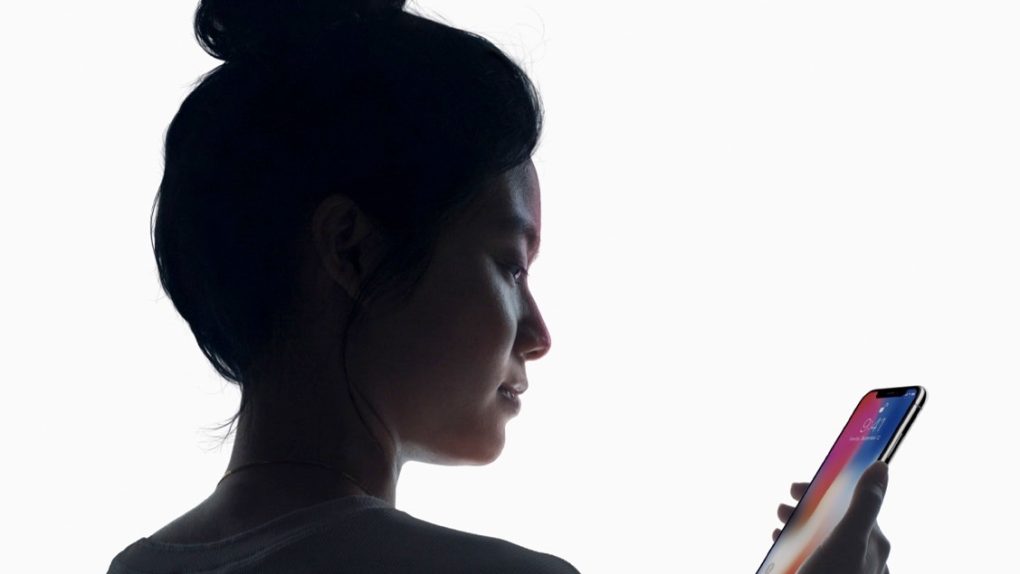The launch of Face ID on the iPhone X last year was accompanied by a little bit of skepticism. And with good reason: Touch ID at the time had advanced to such a point that some people questioned if Face ID could possibly offer up a superior user experience. Shortly after the release of the iPhone X, however, it wasn’t long before users started expressing a preference for Face ID over Touch ID. Flash forward to 2018 and all three of Apple’s 2018 iPhone models now boast the company’s face recognition technology.
Of course, wherever Apple goes Android handset manufacturers are sure to follow. With that said, there are any number of Android devices out there with their own implementations of facial recognition technology, with some naturally offering up a more robust authentication scheme than others. And sure, Apple may not have been the first company to roll out face recognition technology, but what matters most is which implementation is the most secure and reliable.
Earlier this month, Forbes set out to see which smartphone offers up the most reliable facial recognition experience by pitting the iPhone X against four distinct Android devices, including the LG G7 ThinQ, the Samsung Galaxy S9, a Samsung Note 8, and the OnePlus6.
While face recognition in and of itself is one thing, a key aspect of a great user experience is preventing false positives. In other words, it’s just as important for a device to recognize your own face as it is for a device to identify bogus authentication attempts. This, we should point out, formed the basis of Forbes’ testing as the company 3D-printed a life-sized face in an effort to try and fool the sensors on all of the aforementioned phones.
When the dust settled, all of the Android devices were fooled by the 3D head. The iPhone X, meanwhile, detected that the fake face was not the actual owner and did not unlock.
For our tests, we used my own real-life head to register for facial recognition across five phones. An iPhone X and four Android devices: an LG G7 ThinQ, a Samsung S9, a Samsung Note 8 and a OnePlus 6. I then held up my fake head to the devices to see if the device would unlock. For all four Android phones, the spoof face was able to open the phone, though with differing degrees of ease. The iPhone X was the only one to never be fooled.
Interestingly, you might recall that when Apple first introduced the iPhone X, Phil Schiller boasted that Apple worked with Hollywood artists to create life-life 3D masks designed to fool and ultimately improve Face ID.
Incidentally, Face ID on the iPhone is only poised to improve going forward. As we reported last month, Apple’s 2019 iPhone models will incorporate a more powerful flood illuminator which will lessen interference from invisible light in a given environment.








